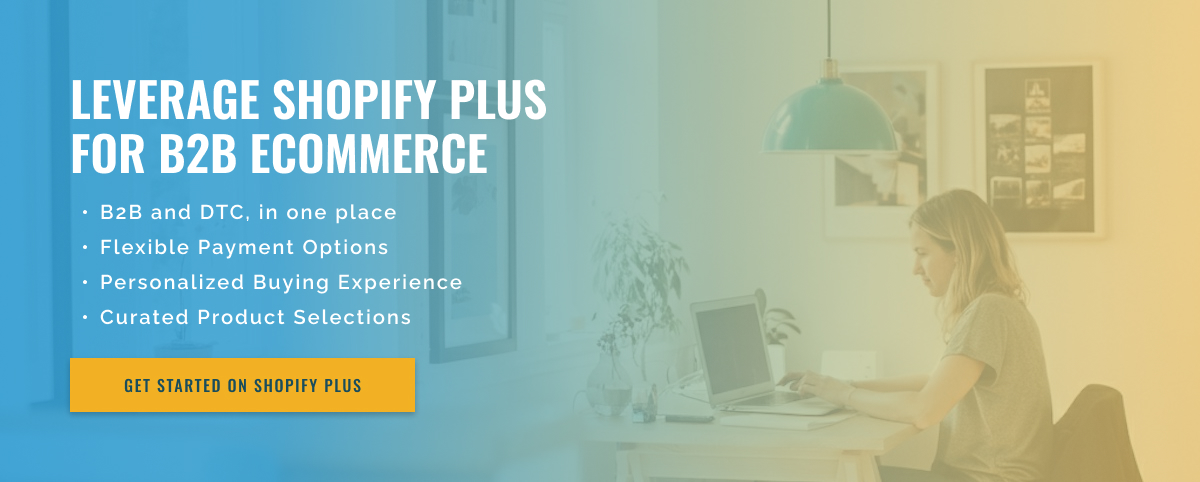3 minute read
The Stages of Building a Successful Shopify B2B Ecommerce Business
Shopify has become a popular choice for businesses both large and small looking to enter the world of eCommerce. Given its user-friendly platform and customizable features, it’s no wonder that many B2B companies use Shopify to run their online businesses.
But what are the steps involved in setting up a successful B2B eCommerce business on Shopify?
Step 1: Setting Up Your Shopify Store
The first step is setting up your Shopify store. This involves choosing a plan that best suits your business needs, selecting a domain name, and customizing the design and layout of your store. It’s important to create a user-friendly and visually appealing store to attract potential customers.
Step 2: Managing Your Product Listings and Inventory
Once your store is up and running, the next step is to add your products to your online catalog. This involves creating product descriptions, uploading images, and organizing your inventory. Shopify offers several tools to help you efficiently manage your inventory and keep track of your stock levels, such as automatic reorder notifications.
Step 3: Integrate B2B Features
One of the key benefits of using Shopify for B2B eCommerce is the ability to integrate with several B2B features. This includes setting up a customer portal for bulk orders and discounts, creating customer-specific pricing, and setting up purchase orders. These features are essential for businesses operating in the B2B space and can significantly streamline the ordering process.
Step 4: Market and Promote Your Business
Once your store is set up and the B2B features are in place, the next step is to market and promote your business. This involves developing a marketing strategy that includes targeted email campaigns, social media advertising, and search engine optimization. Shopify offers many marketing tools to help you reach your target audience and drive more traffic to your store.
Step 5: Analyze and Adjust Your Business
As your business grows, it’s essential to periodically analyze and adjust your strategies. Shopify offers analytics tools that help you track your store’s performance, such as sales reports, customer behavior, and conversion rates. With this data, you can identify areas for improvement and make informed decisions to move your business forward.
Conclusion
Setting up a B2B eCommerce business on Shopify involves several stages, from setting up the store to analyzing and adjusting strategies. With the right approach and using Shopify features, businesses can create a strong online presence and grow their sales in the booming world of B2B eCommerce.

